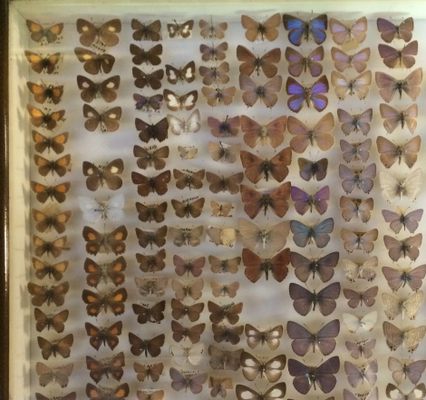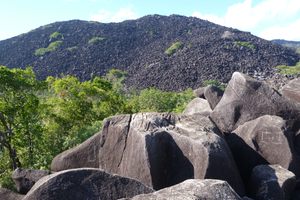About
A couple kilometers after crossing the Daintree River, a metal spider web gate pokes between the trees. A horseshoe driveway brings guests up to a timber cottage, where you'll find the Daintree Entomological Museum, the largest collection of rare and bizarre insects in Australia.
An immense vase of fresh leafy branches stands near the welcome desk. Leaf and stick insects—some larger than a hand—cling to the branches, seemingly able to escape their exhibit at any moment. A drabby toad the size of a dinner plate breathes quietly in a box. Specially built cases with rows of pinned insects line all of two or three square rooms, leaving only narrow paths for visitors to tread.
The collection is the life’s work of Australian naturalist Stephen Lamond, designed, built, and funded by Lamond himself. Lamond travelled extensively, collecting insects from around Australia and the rest of the world—at least one case dedicated to beetles from Kazakhstan. Any lack in labelling is compensated for by the organization of the collection’s more than 150,000 specimens.
The vast size of Lamond’s collection allows visitors to see not only how species differ, but how much size, color, and shape can vary within a species. Robust cases of beetles, butterflies, and spiders allow even a casual hiker to appreciate evolution at work.
Related Tags
Know Before You Go
Located on Turpentine Road, about 17km north of the Daintree River ferry crossing along the road to Cape Tribulation. While the main road through the rainforest is self-explanatory, there is no easy way to access the museum without driving in a car or joining a van tour. Sinister cassowaries wander along the road and among parked cars.
The museum bathroom is also a great place to change into a bathing suit before dipping into the shaded (and quite deep) Cooper Creek swimming hole that is just beyond the picnic pavilion on the front lawn of the museum.
Community Contributors
Added By
Published
January 13, 2017



























